
What rehab taught me about drug use in Australia’s gay community
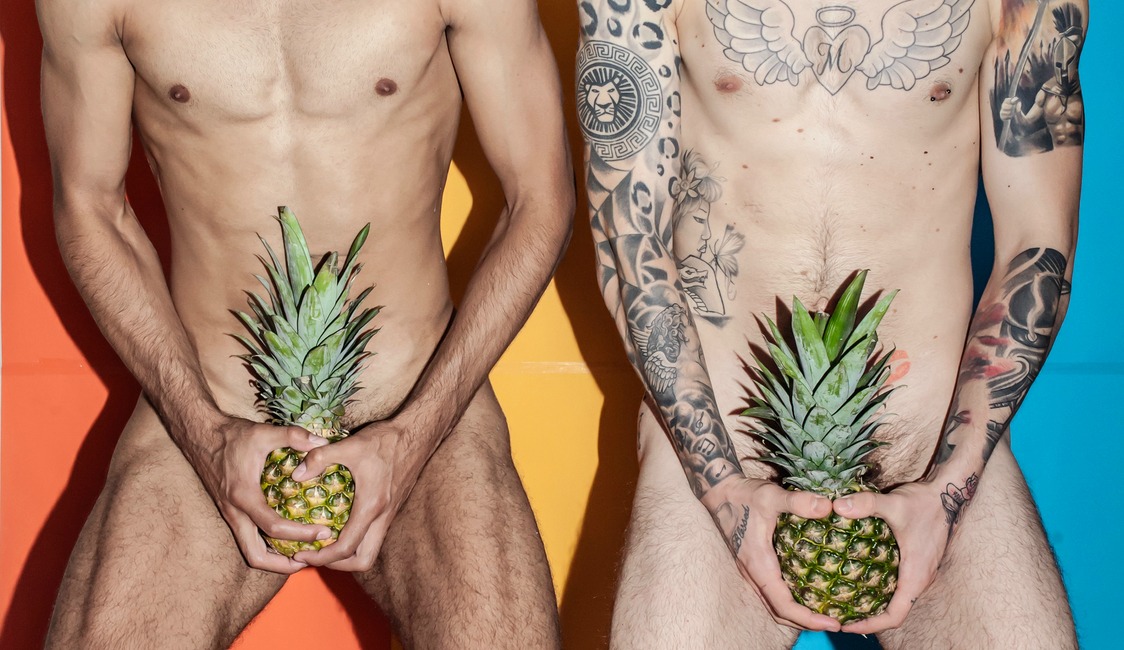
FOR the past two weeks I have been an inpatient at a private psychiatric hospital in Melbourne. I’m in the addictions program, because for eighteen months I’ve struggled through a substance abuse problem involving crystal methamphetamine.
The first time I used ‘ice’, it was in the apartment of a man I’d just met via a gay “dating” app. I’d been out, boozing away an October night, and he was among the most attractive men I’d ever laid eyes on. I couldn’t believe that someone like him – with that body, and that face – wanted me to pay him a visit.
When I arrived, we made small talk mid-undress, before he pulled out a pipe. I hesitated. I’d heard all of the horror stories – my mother would often pull me aside in my adolescence, showing me videos detailing “the horrors of meth use”. But when he offered I remember thinking, “I can’t say no to this man. He’s way too hot. I’ll never get this chance again.” – So I took it.
That morning escalated into a full day of non-stop partying, as I was introduced to a drug that was made to reel you in. It’s a factual statement when people say it’s amazing, because it’s incredible by design. It chemically induces a massive dump of dopamine and serotonin, and is, in that way and many others, absurdly addictive.
I remember the aftermath being horrific. The comedown tore me asunder, and I swore I’d never do it again. Then midweek, when the horrible consequences had faded, a little voice in my head – I describe it as ‘a voice that doesn’t belong to you’, a creeping vampire – started to whisper, “You could definitely do that again.”
What was a brief tryst became an unstoppable problem. I went on to overdose twice. I’ve been taken to emergency more times than I can count. And every time I lapsed, I became so ashamed that I would take myself to hospital, because the alternative was to hurl myself from a nearby bridge. It was an addiction, and at the start of this year, something snapped. I knew I needed that extra bit of help.
So here I am, on this bed, in my room – Room 3.19 – facing my demons in all their hideous glory, for what I hope is the first and last time.
Mine isn’t the type of addiction you see in the media, and it’s certainly not the standard crystal meth habit witnessed by the nurses in this clinic. Australia’s cultural narrative surrounding ice use involves topics like homelessness, violence and poverty. While homelessness and the like are certainly plausible factors, those elements don’t typically involve gay men. My addiction wasn’t just to the ice; it was to the sex as well. It was an insidious combination that had me fantasising about taking ice and having sex, until suddenly I couldn’t have sex without wanting ice.
This is the reality for gay men all over the world. This is chemsex. It’s a topic that has been barely broached by our mainstream media in Australia. Sure, it’s been researched by Triple J’s Hack, and explored in brutally honest documentaries like VICE’s Chemsex – but I’ve never heard a story told that wasn’t viewed through the lens of journalistic voyeurism. So I, as a drug addict in recovery, am telling mine.
The difference between caring for yourself in the outside world, and caring for yourself in rehab, is that on the outside, you can ignore your problems. You can mute the world and reject concern, visit a counsellor once a week to say, “Hey, I’ve got a problem” – only to forget their words the following fortnight from your half-an-hour session, blindly declaring “I can’t remember what we talked about. And I didn’t do the homework.”
Yet in rehab, there is no escape from your woes. They stare you in the face every day when you get up to look at yourself, in the mirror of your suicide-proof bathroom. When you’re chain-smoking on the foyer pavement with the yellow line dictating where you cannot cross, you are thinking about your addiction. When you’re in group therapy, you are being forced into cycles of cravings and introspection. And when you visit your psychiatrist, you’re constantly reminded of your progress and the horrors that brought you here.
I used to think, “There’s no clarity like relapse”.
Fuck that. There’s no clarity like rehab.
But when it comes to a topic like chemsex, the nurses on your floor, the group therapists and your psychiatrist might not fully comprehend the complexity of your addiction. The severity of chemsex trends is a relatively recent development for the mainstream health sector, the issue amongst gay men being primarily dealt with through gay community organisations.
As my nurses are assessing me, I can’t help but think, “You don’t understand at all”. As I sit through my addictions groups, I’m wondering if these programs – tailored to alcoholics unable to function without thirty-six beers in a night, and pill-poppers incapable of walking past a chemist without gut-churning desire – are at all beneficial to me. I tell myself I’m not your “usual addict”. I’m not like any of these people. I don’t have it quite like they do.
And yet I am hesitant about venturing back into the world. I fear the world of gay men, gay culture, community health organisations and rampant substance misuse. For the simple reason that I’m not sure I’d get much help there, either.
Gay men in Australia despise being pathologised. We’ve grown up being told that we’re somehow defective. That our very beings are a scourge and our sex lives forbidden. As a result, we’ve developed our own communities; “safe spaces” won through a desperate fight for survival during very difficult decades. We’ve earned these spaces as gifts from struggling forefathers.
We’ve inherited gay sexual liberation among these spaces – and we have it, in spades. It’s in our dildo-adorned window displays in gay districts, our saunas and sex-on-premises venues, our gay magazines and advertising campaigns. Gay sexual liberation is everywhere.
Our nightclubs are awash in party drugs used “for pleasure”, recreationally. In the past, there were drugs like MDMA and ecstasy, and rarely would you see men checking into treatment clinics with issues involving addiction. We fought for the right to use these drugs, against all eyebrows raising and finger-wagging. And how dare you ever infer that we could ever be addicts, and that we are anything other than liberated homosexuals.
Now, newer struggles to coincide with our successes have been bestowed upon the younger generation. More powerful drugs have entered the scene, like crystal meth and GHB. These are drugs that have real consequences, which cost lives in both the short-term and the long. All over the world, frightening tides of change are rising, as more gay men enter addiction services and emergency clinics due to crystal methamphetamine and GHB misuse. Our self-messaging – “How dare you imply we could ever be addicts? We’re powerful and free” – simply isn’t working as we’d hoped it would.
Gay health organisations in Australia notoriously understate the severity of the problem. Australian gay reviewers berated Chemsex for being “sensationalised’ and “exploitative” – when myself and so many addicts in recovery saw it as nothing more than an honest depiction of a brutal truth.
And we call meth ‘Tina’ – the name of a fun party girl – to distract from the reality of the risky substance we’re using.
These are growing trends we never had with ecstasy or MDMA. We never saw them during our fight for gay sexual liberation. We never lost men to seedy apartments in weeklong benders on powerful drugs capable of stopping our hearts, easily accessed via our gay “dating” apps. And yet here they are, these hurricane horrors, with chokehold vice-grips on the throats of our youth, young ones ill-equipped to handle them.
I fear returning to my ordinary world; because I worry those safe spaces have become stagnant. These spaces need to be re-imagined, reinvented to help a newer generation of homosexual men unable to withstand the greater forces that push against them.
I love my community. I love its vibrancy, its colour, and its insistence on responding to hatred with love. I love the victories we’ve made, whether for gay sexual liberation or the right to simply exist. What I do not love – I cannot – is the resistance towards vulnerability; the stone-cold advertorials for gay nightclubs, which purport that to be a gay man, is to be harsh, fuck-mad and the visual embodiment of physical perfection.
We come together in times of strife – then trot along to our gay bars and clubs, full of judgment, vitriol and value based solely on aesthetics. We need to do more than just get intoxicated and show off our sexiness; we must turn them into places where we can meet as real-time humans. Places where we can discuss more kindly the issues we don’t talk about online. Places where we can be vulnerable, at last, after so many years of strife.
The time to fight for gay sexual liberation and safe spaces is over, those victories won. The time to redefine them is here. And we must do so from a place of self-awareness and self-care, with compassion for our partners and our friends, through trying years of greater risks and more ferocious harms.
I remember I had an overdose that saw me riding on a gurney into an emergency room. The hospital didn’t have any beds available – full of people with real problems, not self-inflicted – so I was left in emergency, unable to rest or sleep, my heart pounding and head throbbing, feeling like I was going to die, for eight straight hours.
I have survived to stand here, sober and in recovery. Here I am in rehab, getting the help that I need. But I will never forget that night. I never want to feel that way again.
And I don’t want anyone else in my community to feel that way either.




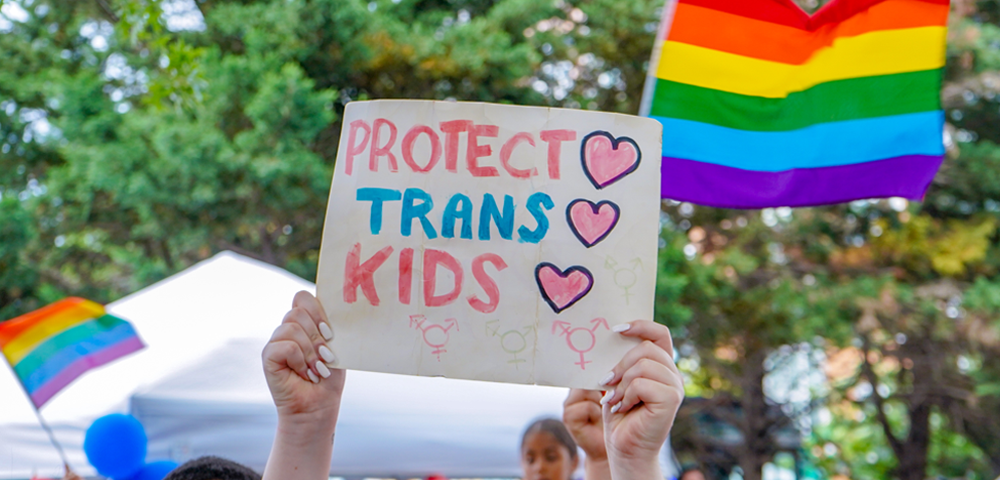

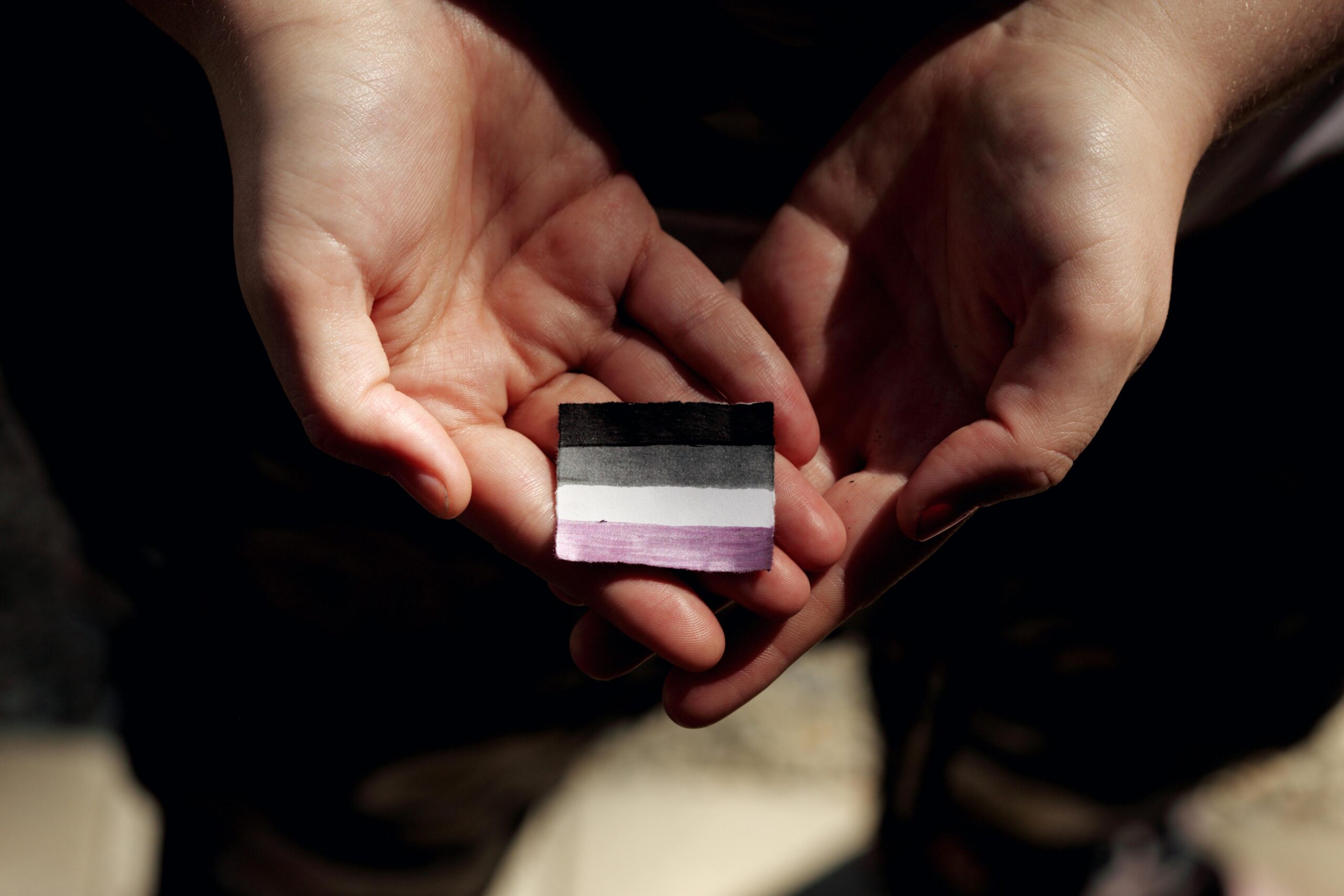
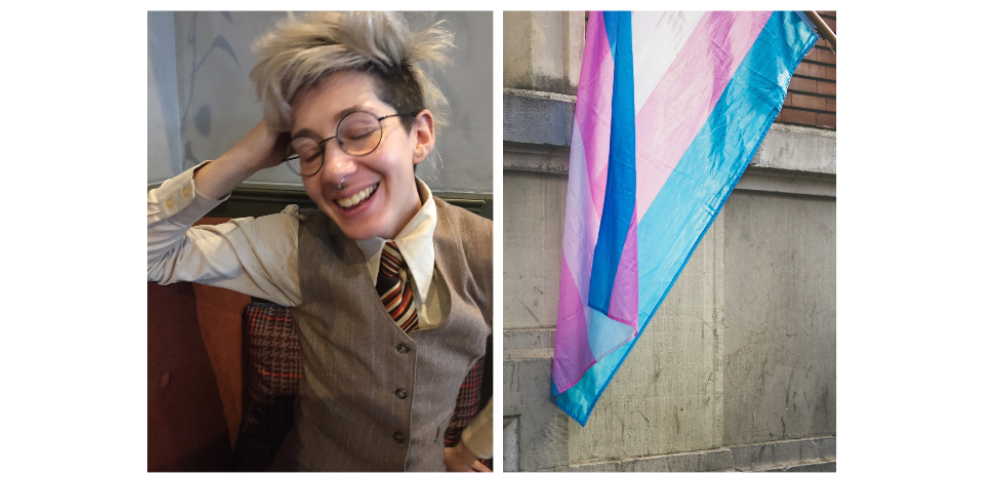
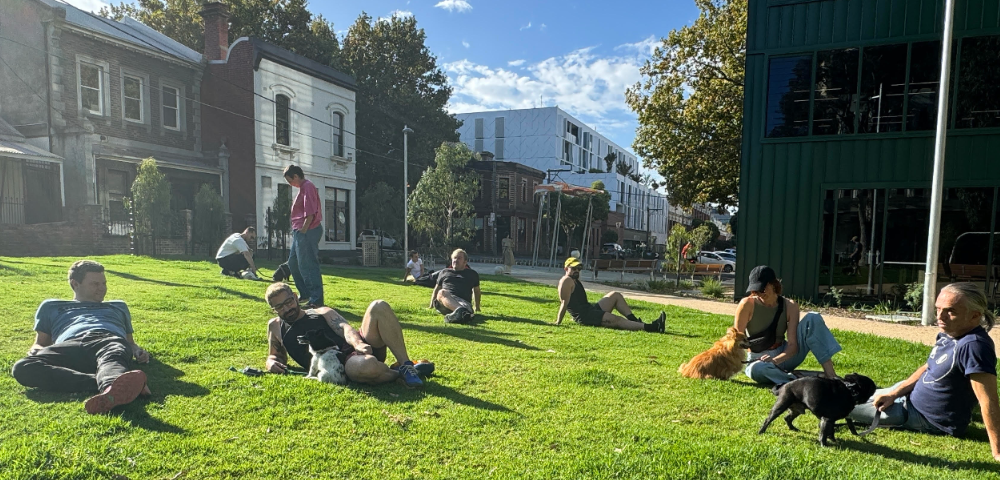
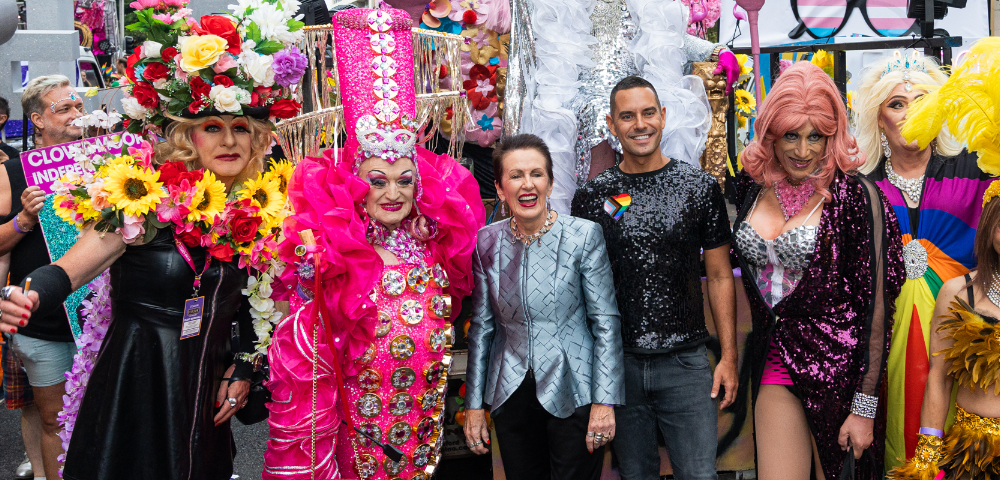
This article is provides nothing new and makes gay men appear as if they are all mentally ill.
It’s great that Brandon has sought help for his mental illness but ice addiction is a problem that should not be stereo-typed and sensationalized to the gay community.
Readers of Brandon’s questionable writing will note that he has been described as Belle Gibson with a crack pipe.
Brandon,
I hope your self esteem is better than it was when it lead you to initially use for the sake of that hot man, “You’ll never get this chance again”.
Maybe you can blame your poor judgement on that occasion on boozing, but it sounds like you were having some significant issues before meth.
I hope your life gets and stays back on track for you.
Well said you have described the reality as it is. I’m happy you’ve sort help. Keep up with the “sobriety” and move forward there is a good reward at the end of the journey.
To the rest of our community start taking this drug seriously. Its destroying Many people friends and loved ones
Yuck.